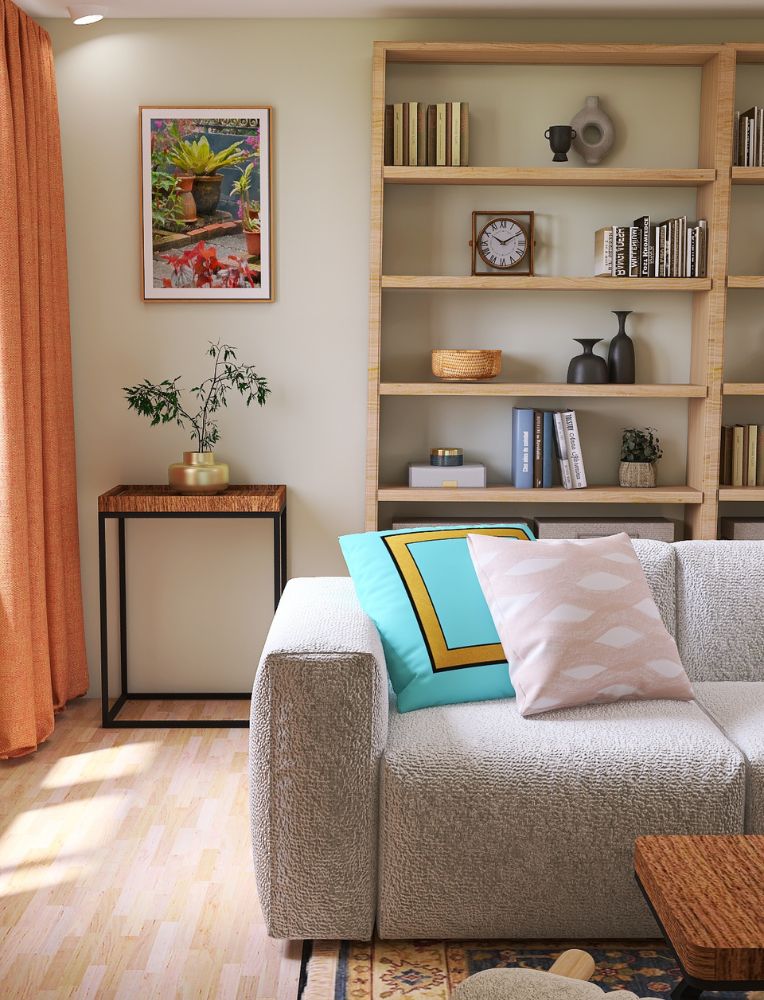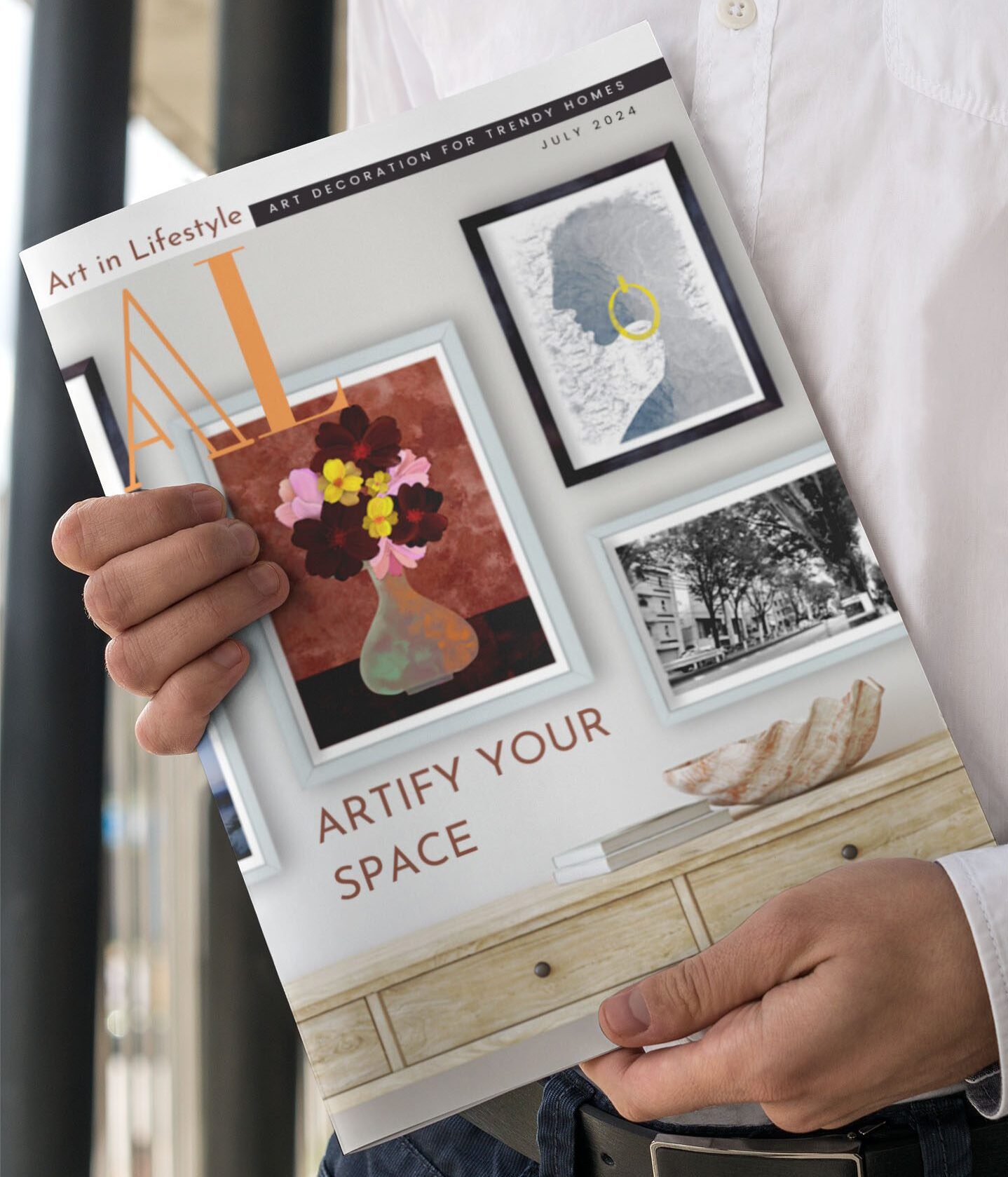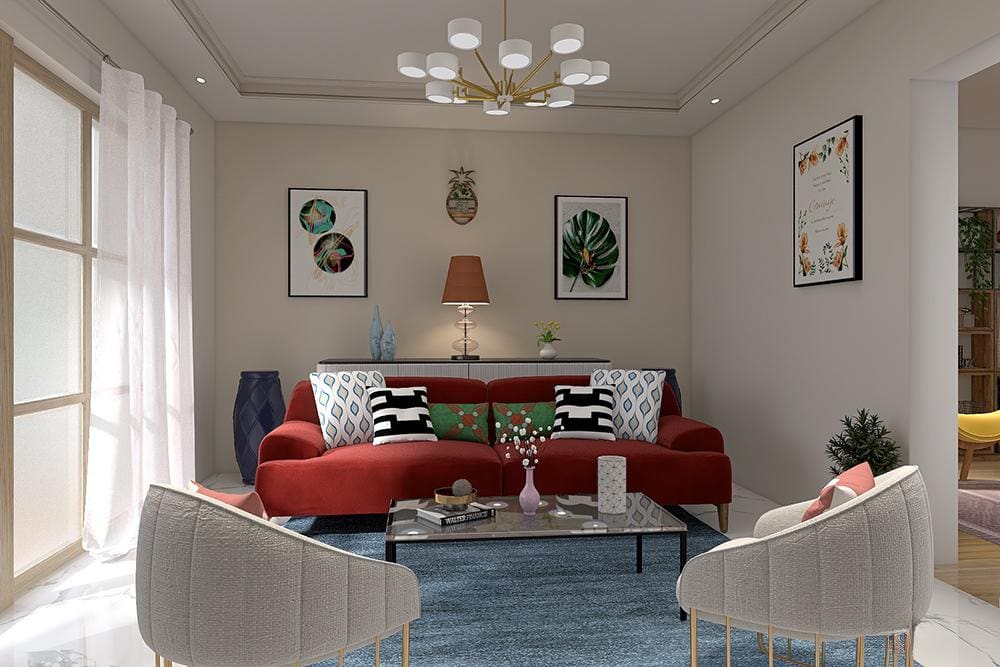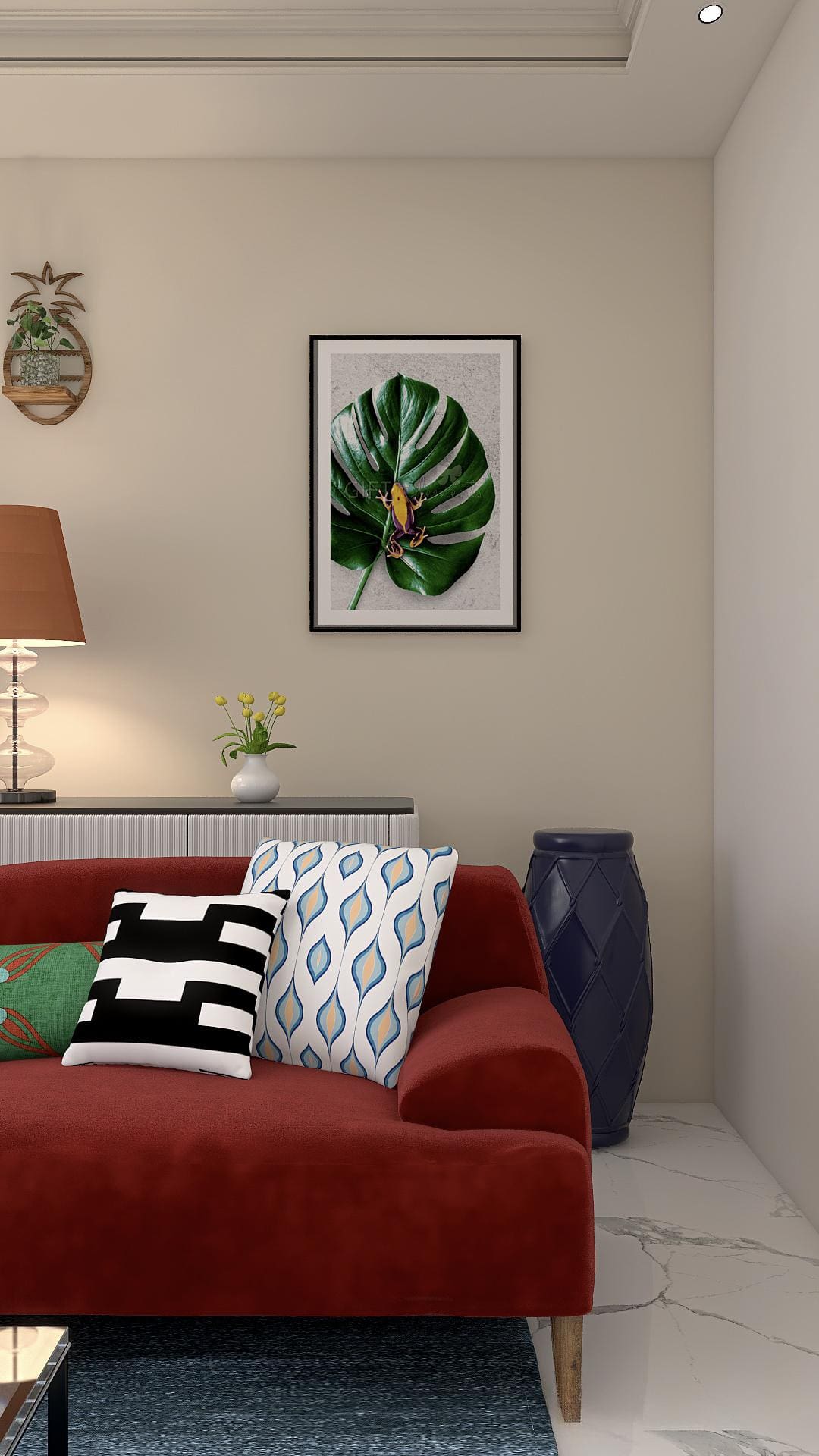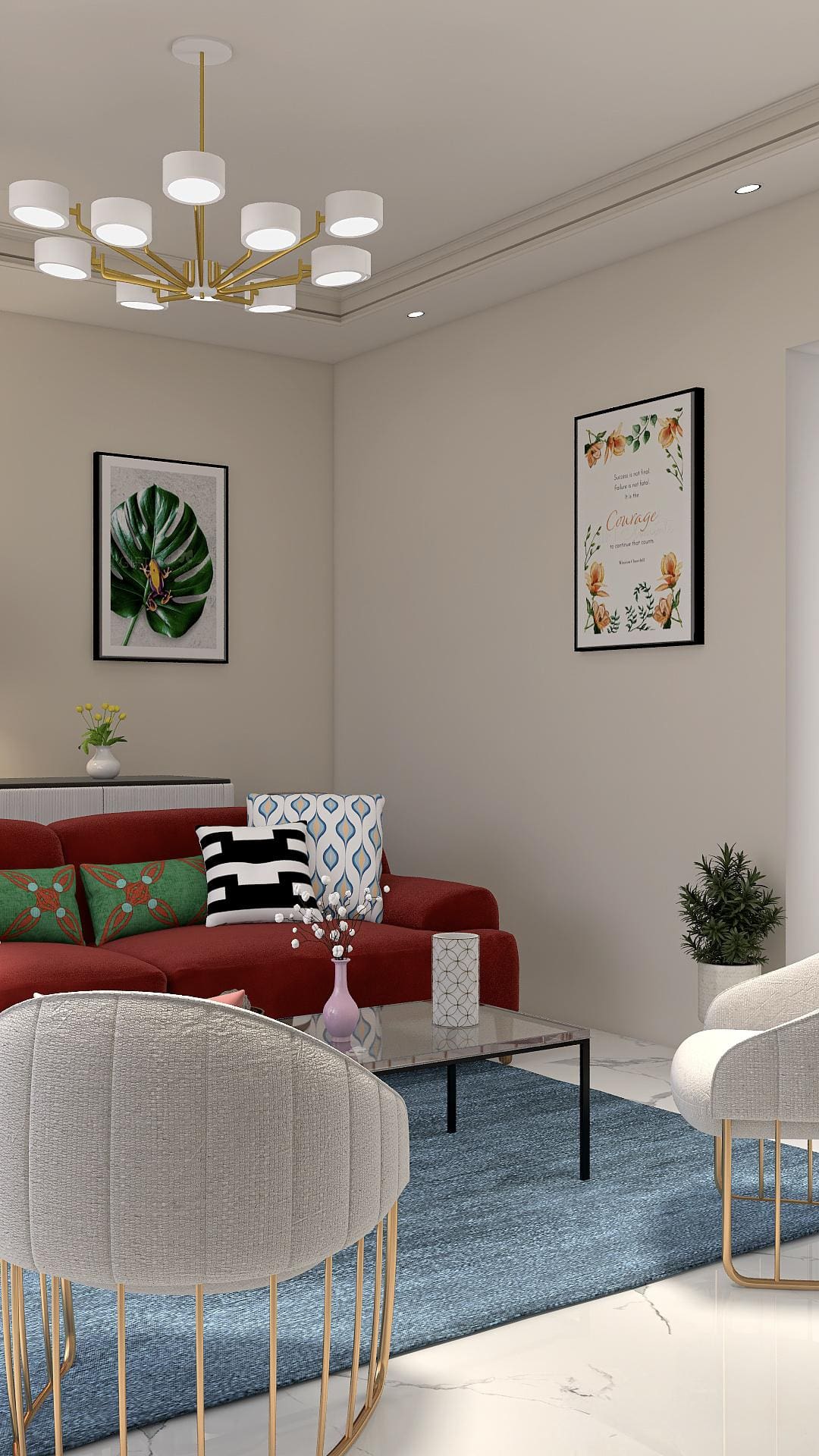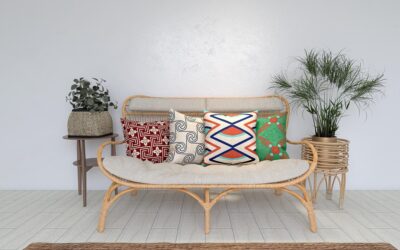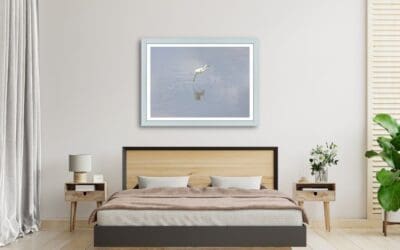Understanding Budget-Friendly Art Prints
Budget-friendly art prints offer an accessible gateway into the world of visual aesthetics. Art prints are created using various printing techniques, each offering different qualities and characteristics. In most cases, the original artwork is digitised using a high-resolution scanner or a professional camera. This digital copy is essential for creating prints.
These prints are affordable alternatives for art enthusiasts who appreciate beauty without the high price tag. While fine art drawings represent the pinnacle of artistic expression, they can be quite expensive due to their uniqueness and the skill and time invested by the artist.
Budget-friendly art prints, on the other hand, allow individuals to enjoy the essence of artistry and personal expression without straining their budget, making art appreciation more inclusive and accessible to a wider audience. It’s a delightful way to adorn your space with creativity and add a touch of elegance without breaking the bank.
1. Printing Methods
- Giclée Printing: This is a popular method for fine art prints. Giclée (pronounced zhee-clay) is a French word that means “to spray.” Giclée printing uses high-quality inkjet printers to create fine art prints. The printer sprays tiny droplets of ink onto archival-quality paper or canvas to reproduce the original artwork accurately. This method is known for its exceptional color accuracy and detail.
- Lithography: Lithographic prints involve the use of a stone or metal plate with a specialized ink that is transferred to paper through a printing press. This method is often used for high-quality, mass-produced art prints.
- Screen Printing: In screen printing, a stencil or mesh screen is used to transfer ink onto a surface. It’s commonly used for limited edition prints and posters.
- Offset Printing: Offset printing is a mechanical printing process that involves transferring an image from a plate to a rubber blanket and then to the printing surface (paper or canvas). It’s often used for high-quality reproductions.
2. Choice of Printing Materials
3. Editioning and Signing
4. Quality Control
5. Packaging and Presentation
Art prints are carefully packaged to protect them during shipping and storage. They are often sold with a mat or frame, or customers can choose to frame them according to their preferences.
Wall Art Selection
1. Determine Your Style
The first step in selecting the perfect wall art is to understand your style preferences. Are you drawn to contemporary, abstract, traditional, or vintage art? Knowing your style will make the selection process much easier. If you don’t have a clue about this, it may take a teeny bit of research and a few trips to the art museum to see which style reaches out to you the most.
2. Consider the Space
The art you choose should complement the room it’s in. Consider the colour scheme, existing decor, and the mood you want to create in the space. Art can serve as a focal point or accent piece, depending on your preference. We would really suggest decluttering the room to make wall space for hanging art. This is especially important if there are lots of tall wardrobes in the room, especially the built-in types.
3. Size Matters
Art size is crucial. A piece that’s too small may get lost on a large wall, while something too big can overwhelm a smaller room. Measure your wall and select a size that’s in harmony with the available space. As a rule of thumb, the art size should be about two-thirds (2/3) the size of the furniture. This can comprise of one-single art piece or a group of a few smaller art sizes.
4. Colour and Palette
5. Personal Connection
6. Art as a Conversation Starter
Art is deeply personal. Look for pieces that resonate with you emotionally or intellectually. It could be a beautiful landscape, an abstract expression, or a portrait of an iconic figure. Remember to keep it fun. Choosing art is an expressive process and may need a little soul-searching. Use this opportunity to get to know yourself, your partner or family members. Take note of individual preferences and pick wall art that everyone agrees with.
7. Investment or Aesthetic Value
Art Decor Tips
1. Experiment with Placement
Don’t limit yourself to hanging wall art at eye level. Experiment with different heights and arrangements to create a dynamic and engaging wall display. Again, as a rule of thumb, you should follow two important rules to place the main art perfectly for maximum impact.
First, ensure that the mid-point of your main art piece is at least 57 to 60 inches (145 to 152 cm) above the floor. But if the members of your household are not that tall, you may need to hang the art a little lower.
Secondly, it’s best that the middle of the art is at eye-level.
2. Grouping Art
You can create a stunning gallery wall by grouping multiple framed wall art together. The key is to create a cohesive look with a central theme or style.
Start with the initial reference artwork i.e. the first artwork selected based on the dominant room colour.
Each additional art next to it should contain colours that can be found in the reference. If the reference artwork contains many colours, match with 2 to 3 dominant colours on the reference artwork.
3. Lighting Matters
4. Regular Maintenance
Dust and sunlight can affect your wall art over time. Ensure you regularly clean and protect them to maintain their beauty. Inevitably, picture frames will undergo wear and tear. They need to be maintained to prolong their lifespan, aesthetic and reusability. To begin with, getting durable picture frames made of good quality wood might be a good idea. But fibreboard frames can also last a long time if they are cared for properly.

